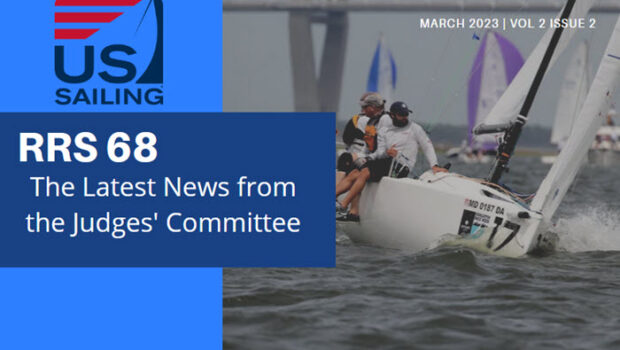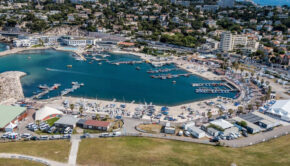Having a successful arbitration process
Published on March 6th, 2023
In the US Sailing Judges’ Committee’s monthly newsletter, Bill Collins offers his wisdom on including Arbitration in regattas:
Arbitration (Appendix T) applies only if stated in the NOR or SIs. It is a process that can potentially speed up the protest resolution process for events of any size, whether adult or junior regattas or races.
I believe it can be used very successfully at junior events in particular. Juniors can be intimidated going before a panel of 2 or more judges in a hearing. Arbitration allows the arbitrator to conduct a more user-friendly interaction between the protestor, the protestee, and the judge.
Whether you are arbitrating a junior or senior event, the key to getting off on the right foot is to explain the process and then have the parties introduce themselves. I then remind them they can take a post-race penalty if either party feels they may have broken a rule.
I encourage OAs and RCs to use Appendix V2, along with Appendix T with the SI’s stating that a post-race penalty taken before arbitration shall be 20%. If the post-race penalties are the same 30% either post-race or in arbitration, most competitors will want to hear the arbitrator’s opinion. Hence, there is no incentive to take the post-race penalty before an arbitration meeting.
A 20% post-race penalty incentivizes a potential guilty party to think long and hard before I start arbitration. I go out of my way to emphasize this option in my introduction to the arbitration process. If neither party takes advantage of the post-race penalty and I open the meeting, I reiterate that the penalty is now 30%. I then go through the validation process, and if I determine it is a valid protest and there is no serious damage or serious injuries, I move forward with the meeting.
It would be unusual for one of my arbitration hearings to last longer than ten minutes. For that reason, I do not use boats unless I am trying to better understand where boats were in relation to each other or marks, particularly when they are in the zone.
I ask the protestor to tell me what he believes happened. I then asked the protestee what he thinks happened. I may ask either party a question or two to clarify their statements. I then have the protestee question the protestor and vice versa.
I will ask both parties questions to establish the basic facts of what I believe happened. I then ask them to summarize their positions. I will then render an opinion on what the PC would conclude if this were to go to a full hearing.
If I believe no rules were broken, I would voice that opinion and give the protestor the option of withdrawing the protest. If all protests involving the incident are withdrawn or completed, I will let the parties know that I am willing to discuss the incident and explain the reasons for my opinion.
After doing arbitration for over 25 years, I have found that you need to keep the process short and user-friendly. The longer the meeting goes, the more contentious and complicated it gets making it very difficult to render an opinion. If you get two parties that totally disagree on what happened and aren’t going to change their positions, it needs to go to a full hearing.
Arbitration is a great tool to expedite the protest process at any event. But the key to successful arbitration is that the arbitrator knows the rules and is a good communicator.









 We’ll keep your information safe.
We’ll keep your information safe.